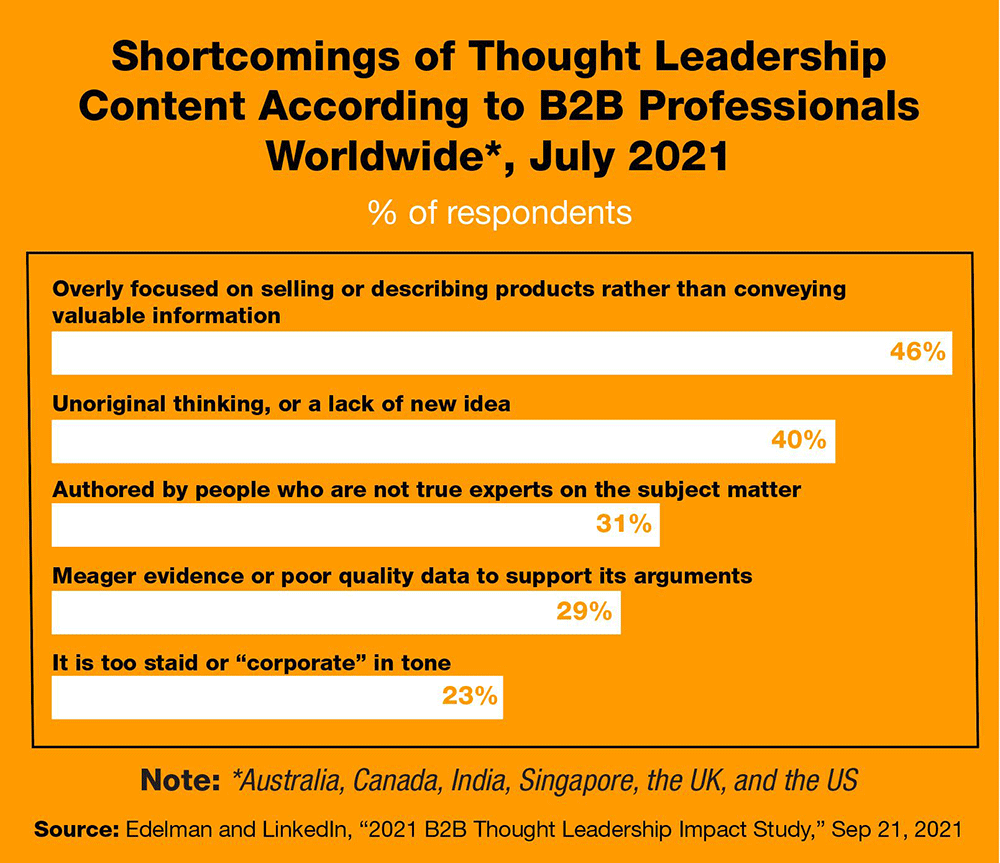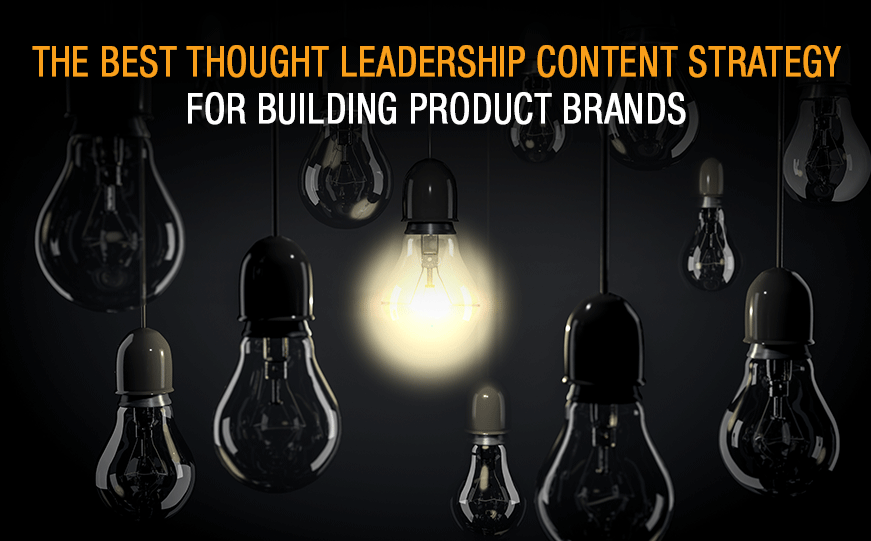Changes in commerce over the last two years have created what can only be described as seismic shifts. A big part of that change has been in commerce and consumption habits… which have fundamentally altered the traditional purchasing experience.
For consumers, online and offline commerce has become increasingly digitally focused. Hyper-personalized. And, most importantly, driven by new strategies for targeting and delivering product content. Today, that content continues to be more highly contextualized… a radical departure from traditional product listings. And mindless catalog entries. It’s clear that — to be optimally effective — content must be authoritative.
These elevated customer experiences — which have their roots in the consumer environment — have followed people into their work channels. And, as such, are now motivating buyers’ expectations in B2B transactions.
Building product brands are realizing the importance of providing streamlined, easily accessible digital experiences for B2B buyers… experiences that are comparable to the encounters those same buyers enjoy — and have come to expect — in their personal lives.
A successful thought leadership content strategy is instrumental for building trust. Reaching new customers. And providing added value to existing purchasers.
What Is a Thought Leadership Content Strategy?
A Thought Leadership Content Strategy is a plan that leverages specific, authoritative content in its various forms — blog posts, social, video and audio — to align with strategic business objectives. Those goals will vary… and can range from raising brand awareness. To boosting conversions. To, of course, increasing sales.
A truly effective thought leadership content strategy engages target audiences at every stage of the sales funnel. Even after they’ve made a purchase.
It’s true what they say… content really is king. Thought leadership content, in particular, will remain a priority in the building products channel. Provided that it adds value, educates, informs and/or entertains.
The mission is to ensure that each content campaign is highly relevant and speaks to the challenges and needs of the specific target audience. To be impactful, content also must be strategically positioned to appear in the places where audiences are likely to encounter it.
Never forget that campaigns, plans and calendars are merely tactics. And, as such, cannot be effective without a solid strategy. Blindly producing more content — for its own sake — can dilute messaging. And drain value from the program.
Rather, be strategic. And make thought leadership content marketing campaign decisions… based on data and analytics.
Some Things to Consider
Parse.ly is a content analytics firm that has produced some interesting research into how content strategies get implemented. According to recent research from content analytics firm Parse.ly, content marketers tend to “listen to whomever is screaming loudest.” A notable 68.7 percent of respondents said the main driver of their content strategy decisions are other teams’ requests, with 51.6 percent reporting that those decisions primarily originate from anecdotal evidence, and 50.0 percent saying they come mainly from executive requests.
When it comes to thought leadership content… the research demonstrates significant shortcomings… all too frequently, across the board.
In 2021, global communications firm Edelman teamed up with LinkedIn to produce the 2021 B2B Thought Leadership Impact Study. The study polled 3,593 B2B professionals across the globe, and the results were instructive.

Clearly, a majority of the poll respondents don’t believe thought leadership content strategies are currently being implemented well.
It Doesn’t Have To Be This Way
B2B marketers now have better access than ever before to online platforms, blogs and content hubs. Thought leadership marketing allows a business to identify and connect with a target audience while using an authoritative voice that resonates.
A common misconception is that B2B purchasing is exclusively rational… as opposed to the emotional nature of B2C buying decisions.
Remember that trust is an emotion too.
Thought leadership content helps businesses instill trust, while elevating brand perception at the same time.
Five Steps for Effective Thought Leadership Marketing
Here are five ways to help ensure thought leadership content is hitting the mark.
Set SMART goals.
The acronym SMART stands for specific, measurable, attainable, relevant and timely. Set clear goals ahead of time using these parameters.
Develop content ideas.
Think about personas. Align thought leadership content ideas with what’s most important to each audience. Always consider how and when those audiences prefer to access and view relevant content, and deliver it accordingly.
Analyze competitors.
Study where others are targeting audience communities and where those prospects are turning for answers… and identify any gaps. Then determine how you can fill them.
Create and distribute content.
Start creating content based on the previous three steps. Content should be easy to consume. Easy to share. And not overtly product-focused or self-promotional. Providing added value should always be top-of-mind.
Measure results.
Remember — if you don’t measure it, did it really happen? Always have a plan to track campaign results. And then adjust tactics as needed.
Thought leadership content marketing must be more than an occasional “think piece” published on LinkedIn. When implemented correctly, a thought leadership content marketing program can build authority and establish credibility. All while providing valuable, actionable information.
As the market continues to evolve — and as customer expectations shift along with those changes — the time is now to develop a comprehensive thought leadership content marketing plan.
Ready to learn more about “best practices” in thought leadership strategies — and how they can benefit your brand? We’re here to help. Send an e-mail to sk@kleberandassociates.com to get the conversation started.




